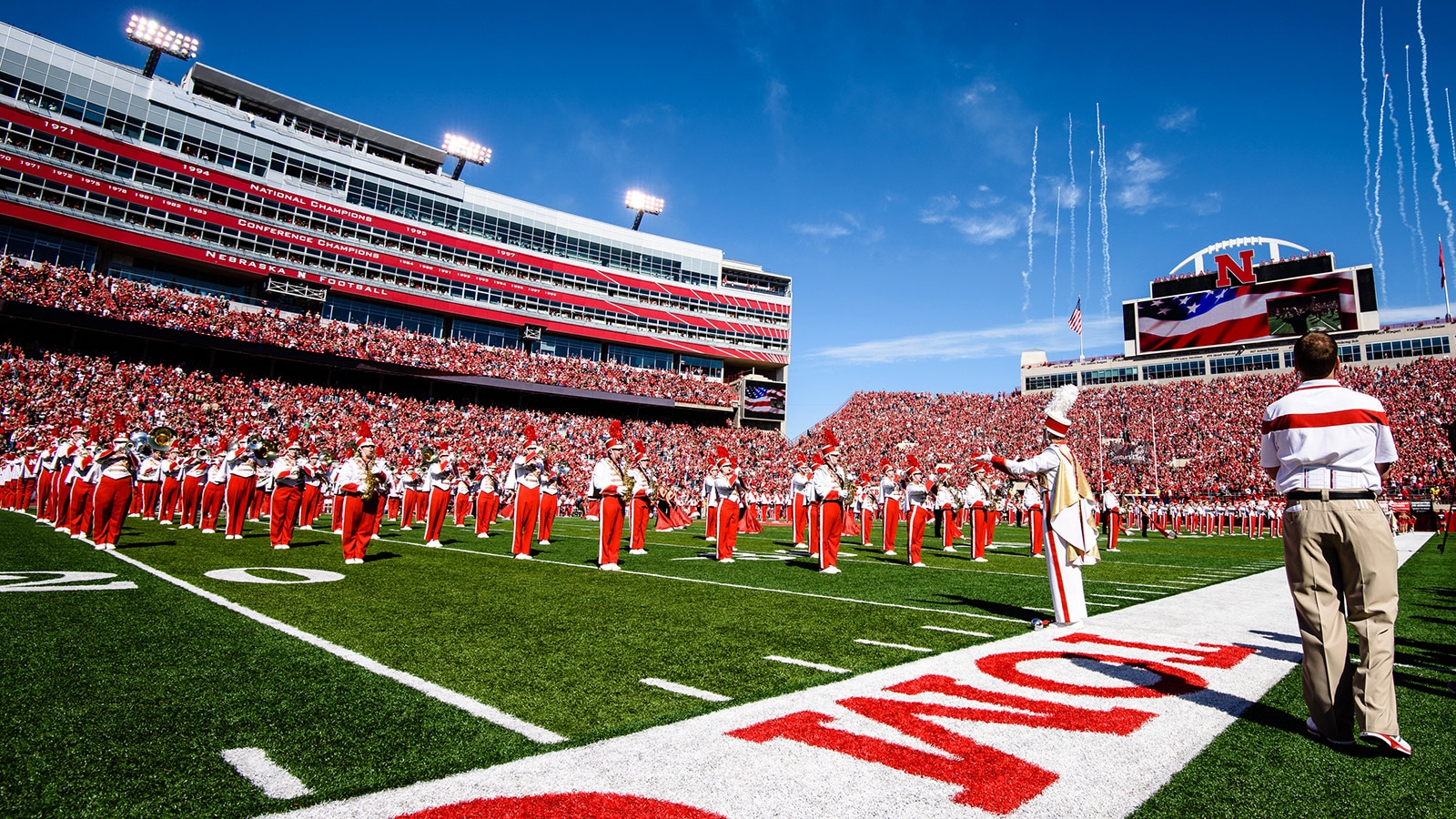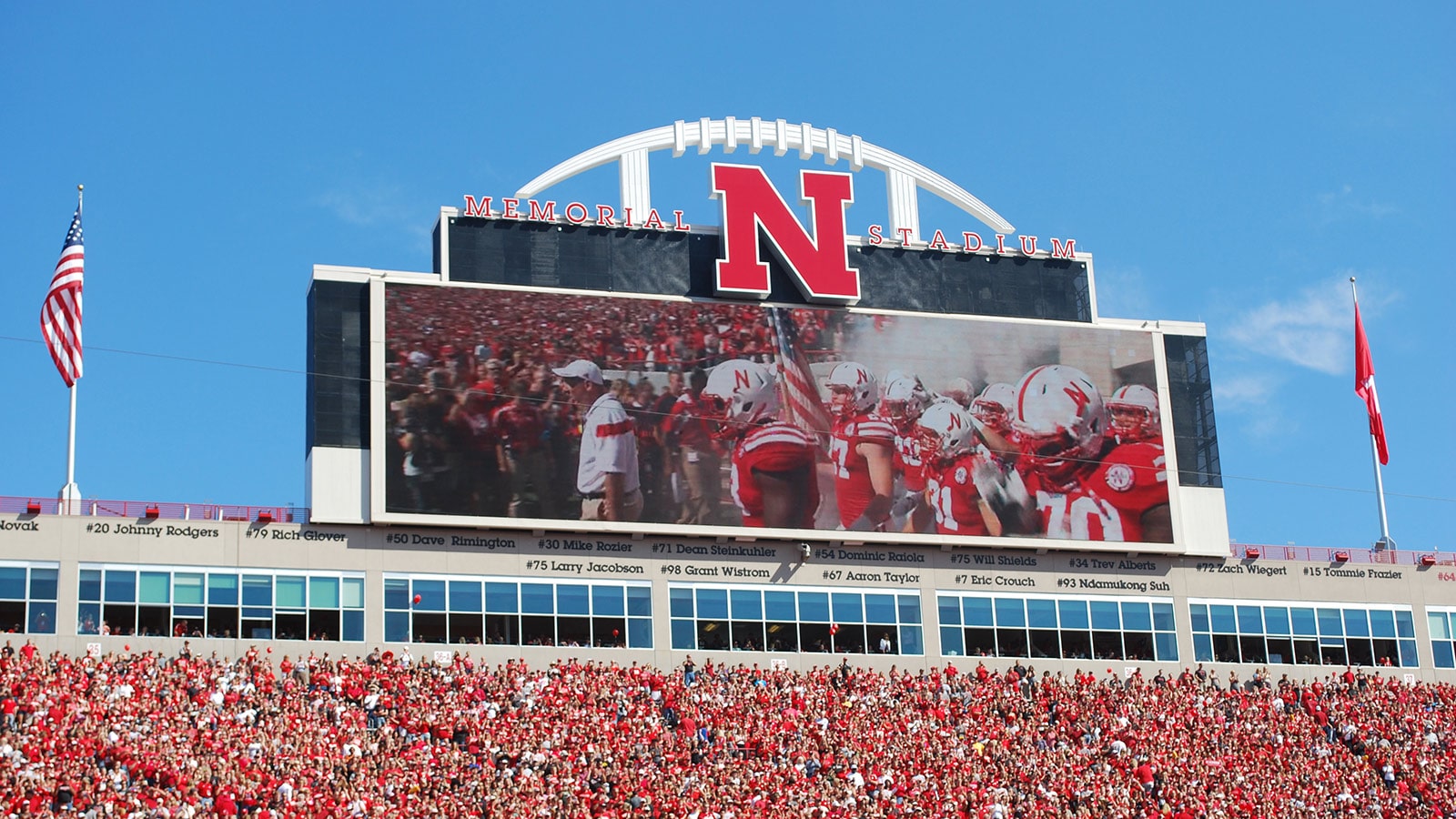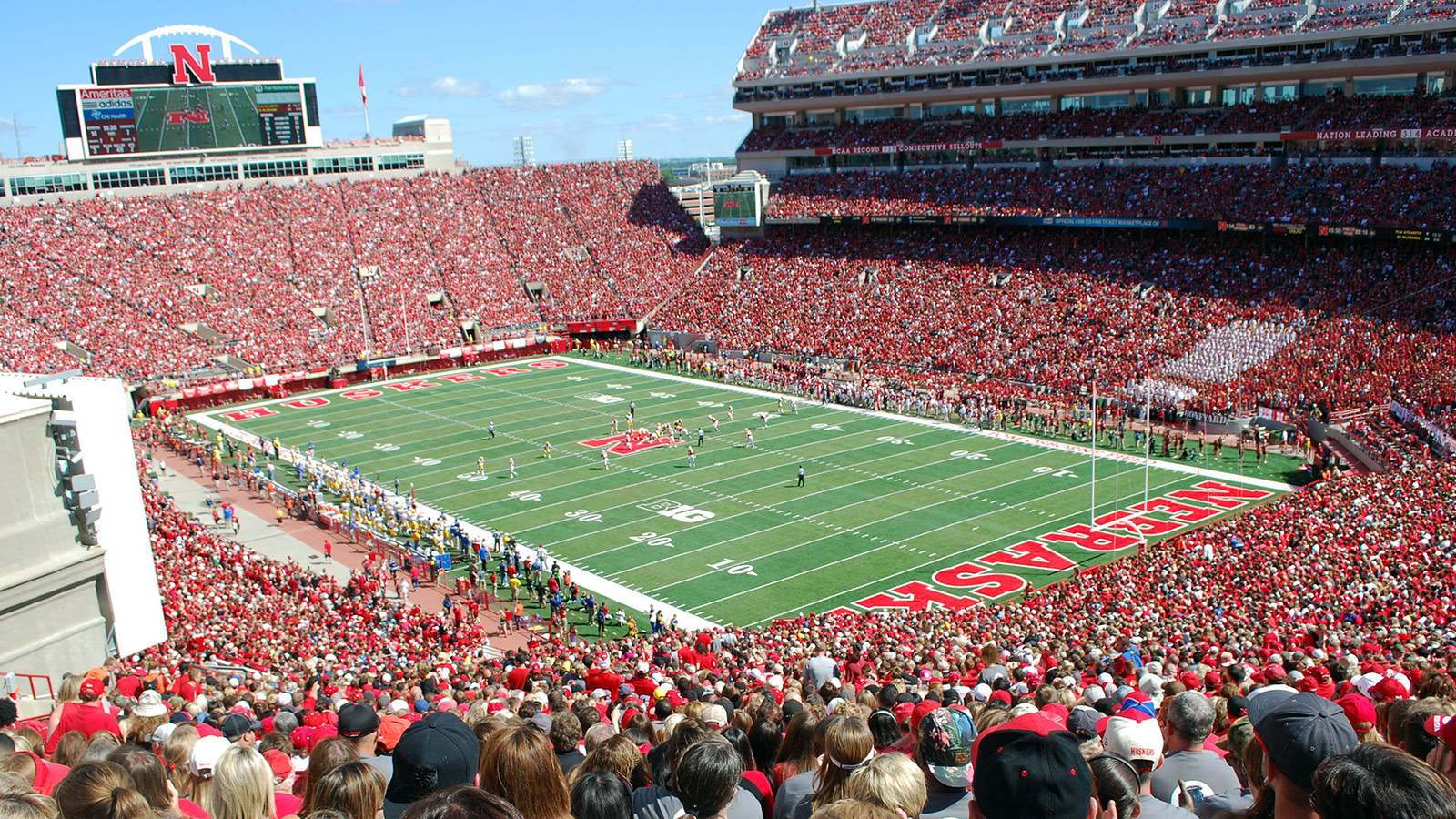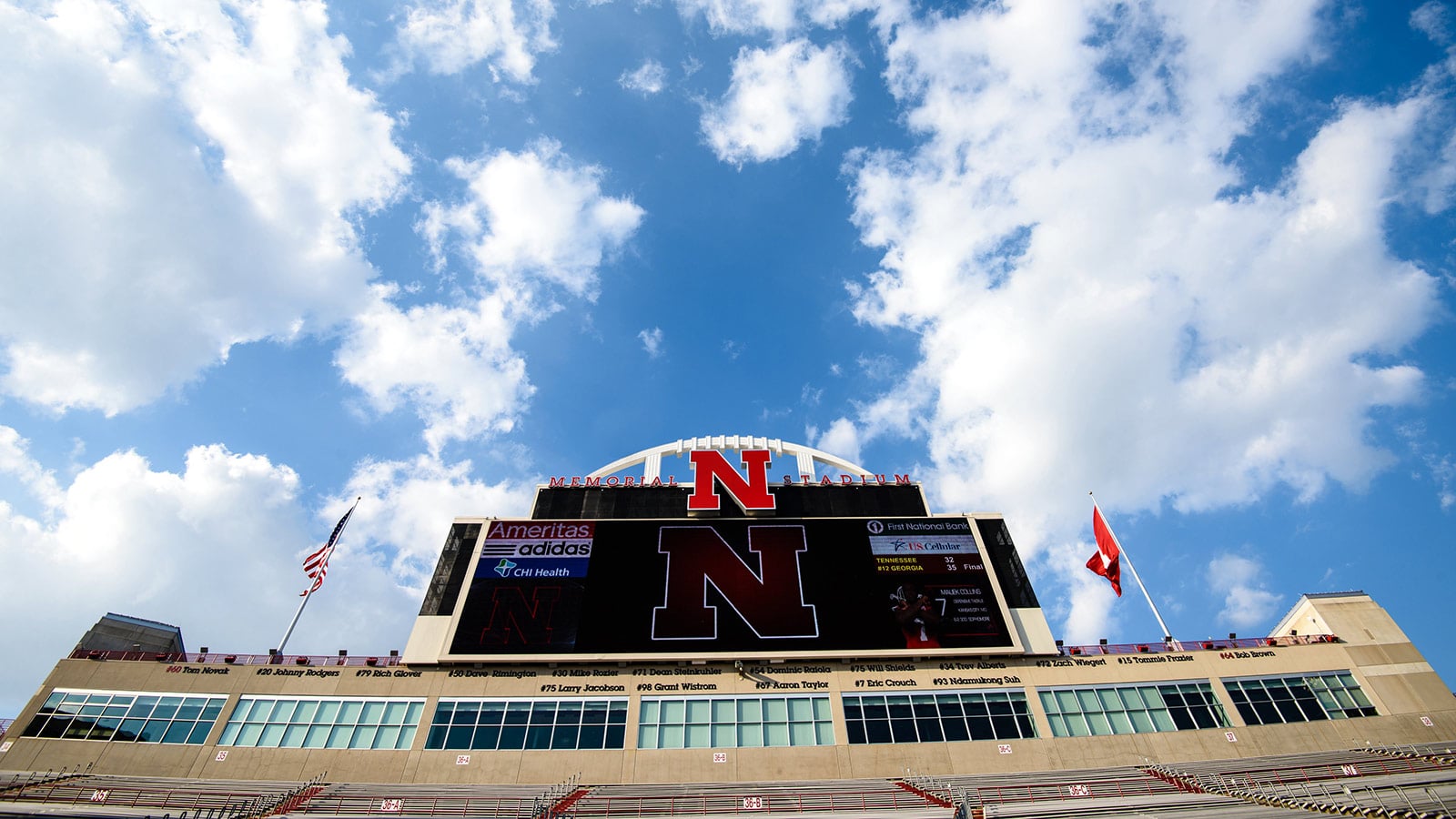Having the SB-3Fs greatly boosts voice intelligibility in the far seats. During the first game, when the team made a big play, I could still hear the announcements over the noise of a sell-out crowd. The boost in top-end clarity maintains good intelligibility without having to push the overall system level until it's too loud, which usually generates complaints.”
Mark GrahamWrightson, Johnson, Haddon, & Williams
Featured Products
Galileo 616, MILO, MSL-4, SB-3FTo project utmost audio clarity to the furthest of its 87,000 fans, Memorial Stadium at the University of Nebraska-Lincoln has installed 16 SB-3F sound field synthesis loudspeakers, the Meyer Sound technology for projecting mid-high frequency energy over distances of up to 1 km.
The system was designed by Mark Graham of the consulting firm Wrightson, Johnson, Haddon, & Williams. “Having the SB-3Fs greatly boosts voice intelligibility in the far seats,” reports Graham. “During the first game, when the team made a big play, I could still hear the announcements over the noise of a sell-out crowd. The boost in top-end clarity maintains good intelligibility without having to push the overall system level until it’s too loud, which usually generates complaints.”
Sixteen SB-3F loudspeakers project audio to the far opposite end of the stadium over 244 m away, while 32 MILO line array loudspeakers provide full-range coverage of the bowl and upper decks, with six MSL-4 loudspeakers covering the seating expanse under the scoreboard. A Galileo loudspeaker management system with two Galileo 616 processors provides system drive and alignment. All Meyer Sound components were supplied by BNY Productions of Sioux City, Iowa, with installation by Lincoln-based Electronic Contracting Company.
“At the far end, the old system was rolling off pretty steeply—well below four kHz and probably closer to two kHz,” says Graham. “Now, with the SB-3Fs, the new system is holding to five or six kHz, with some seats showing response well above that.”
Graham also notes how the new Meyer Sound system has helped overcome the stadium’s acoustical irregularities. “The band sits by the field on the lower east side, and the sound drops off steeply behind them, in the upper east deck,” he explains. “We have a five-cabinet MILO array and two SB-3Fs aimed up there, and by routing a couple shotgun mics for the band into just those speakers, it really enhances the fan experience. The STI-PA readings are just amazing for a distance of 600 feet.”
The University of Nebraska Memorial Stadium boasts an ongoing NCAA record of over 330 consecutive sellout games, stretching back to 1962.





